Frameless motors are rotor-and-stator subcomponent sets that aren’t prefixed in a traditional motor housing. Here we outline some of their benefits … along with those of torque motors.
By Lisa Eitel | Executive editor
Frameless motors don’t include a motor housing or output shaft (or shaft-support bearings) either. Instead, the OEM or design engineer works with the supplier to tightly integrate the frameless motor stator and rotor directly into the machine and framing.
However, the fundamental operation of frameless motors is just like that of conventional permanent-magnet and induction motors. Frameless motors:
- Are powered by drives
- Are sold in frame sizes and according to the voltages for which their windings are intended
- Almost always leverage Hall sensors and encoder feedback for high resolution
- Are often UL listed to simplify design verification for OEMs.
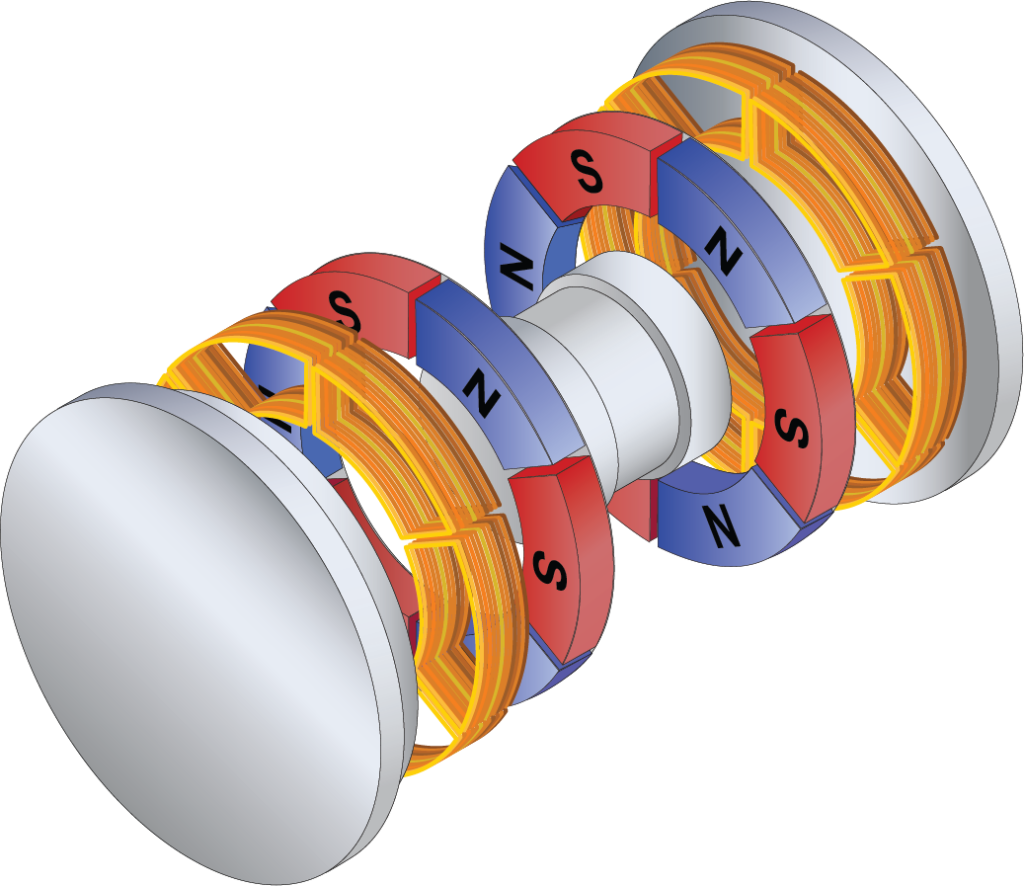
Note that some frameless motors take the form of brushless servomotors to drive precision axes as any other servomotor system. In contrast, other frameless motors function as torque motors. These direct-drive electric motors usually have large diameters and higher pole-counts and run at lower speeds than servo motors … which in turn means they deliver higher torque than traditionally designed servomotors.
One major advantage of frameless motors is extremely high stiffness. Of course, a design’s overall stiffness depends on that of all its components. Traditional designs include a motor with a shaft coupled to mechanical transmission components like belts and pulleys, leadscrews, and gearboxes. Even shaft stiffness can have a significant effect on system stability — as it’s a function of diameter cubed.
Frameless torque motors don’t need the transmission components with their attendant lost motion and stability issues. The result is output-transmission stiffness that’s sometimes dozens of times more torsionally stiff than traditional motor outputs.
Design variations of frameless motors abound. Often the focus is on frameless motors that are shaftless — the most common variation implied with the term frameless. The bore on these motors lets machine builders configure machines in a myriad of ways. But consider another variation … a housed torque motor that includes a bearing set, position feedback device and usually a temperature monitoring device. This concept requires less application engineering by the user but also limits design flexibility.

One caveat: Though frameless motors offer many advantages, they require more application-specific engineering, which means they are generally found only in higher quantity production products such as CAT-scan equipment or in low-quantity builds where cost is not the primary consideration like a telescope. That said, the engineering investment in frameless-motor integration can impart competitive performance advantages.
In fact, customized winding designs on frameless motors can accommodate special voltage requirements; thin-lamination variations can boost efficiency in high-speed applications, and frame diameter size is basically unlimited. Class F winding ratings on some motors allow for temperatures to 155° C. Likewise, rare-earth neodymium iron boron magnets are standard on many frameless-motor offerings … but some manufacturers offer motors with samarium-cobalt magnets to withstand very high-temperature environments.
Reconsider a common application for frameless servomotors — that of torque motors. They are available frameless as motor kits (consisting of a stator and rotor pair) or are supplied with a housing, bearings, and feedback sensors. Some in industry liken torque motors to their linear direct-drive cousins — linear motors. One common application for torque motors is that of direct-drive rotary tables.
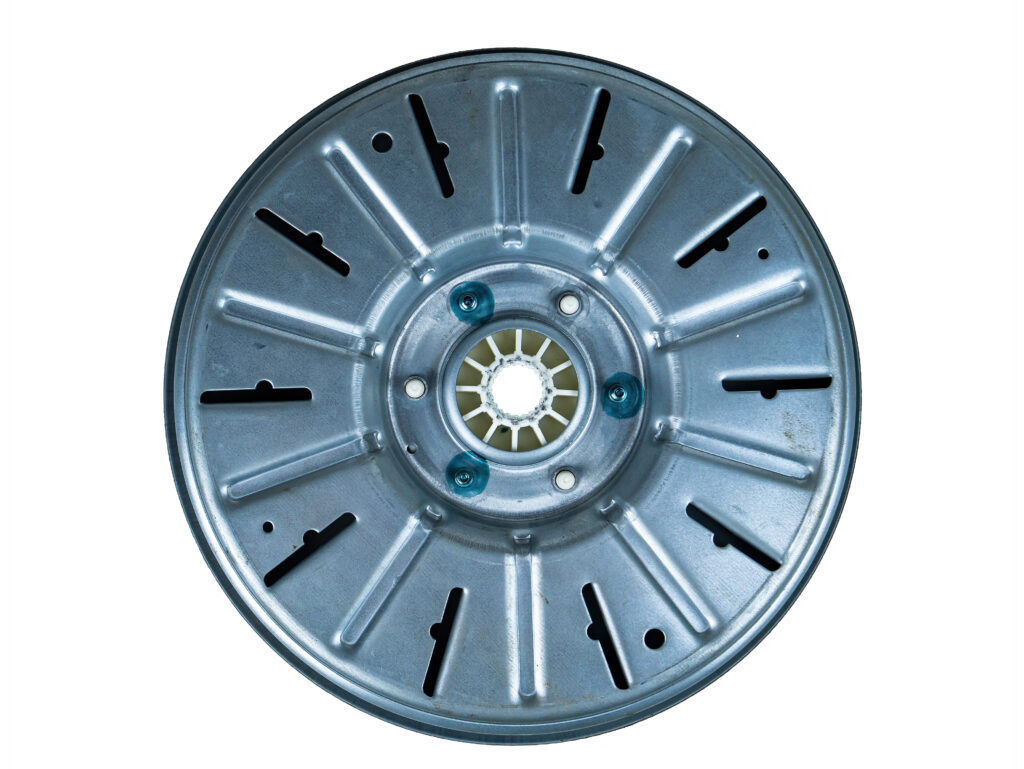
A torque motor is a direct-drive electric motor (usually of relatively large diameter) that applies torque to a driven shaft directly without intervening mechanics. Torque motors usually have higher pole-counts and run at lower speeds than servo motors – but they deliver much higher torque than standard servo motors. Many in industry liken torque motors to their linear direct-drive cousins — linear motors, which are sometimes called force motors.
Torque motors taking the form of limited-angle torque motors are for applications needing less than 360° of rotation.
Because the load connects directly to the motor’s rotor (with no intermediate power-transmission components) torque motors are called direct drives. Torque motors can work as actuators for direct-drive mechanisms to replace traditional setups that include geared electric motors, for example.
Usually torque motors take the form of permanent-magnet synchronous motors with especially wide diameters; toroidal winding construction; rare-earth magnet rotors; and (in some cases) cooling options to prevent overheating during high sustained torque output. Conceptually, these motors are like traditional servomotors except they are wide with short axial length (instead of the small diameter and long length of traditional arrangements) and they have far more poles than servomotors. The high pole numbers enable torque motors to output high torque but at lower average speeds than servo motors. In addition, torque motors usually offer a large hollow shaft or bore that allows passage of tubing, light beams, and so forth through the center of the motor and driven axis.
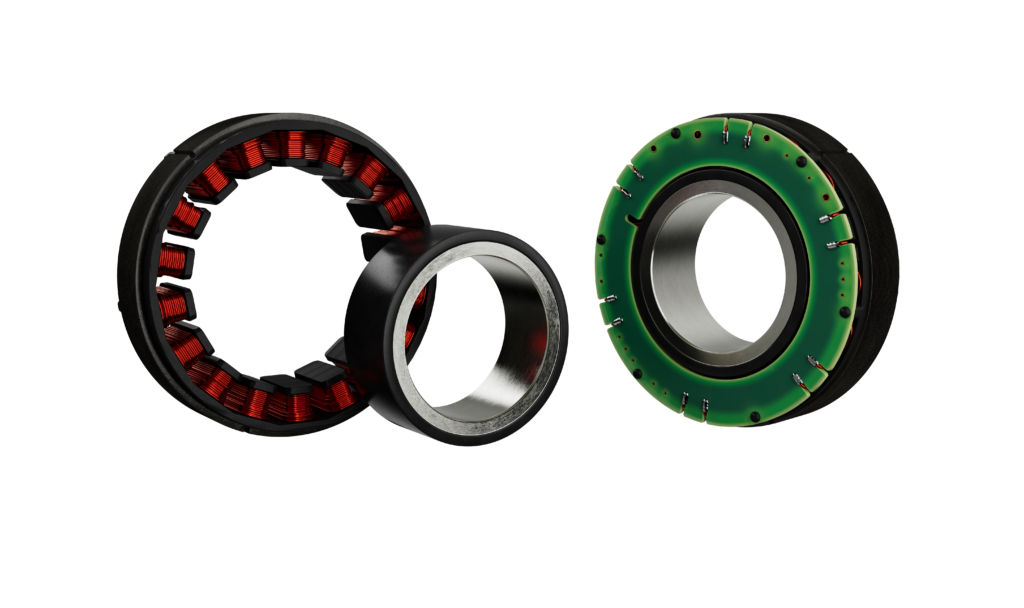
One torque-motor application is on web-winding applications that benefit from direct drives on the spools for controlled take-up and unwinding. Controls drive them from low torque to high torque to achieve uniform metering of the paper, film, or other web material without the need for intermediate gears, couplings, or clutches.
Another common application for torque motors is on indexers and rotary tables. Why is that? Well, many indexing tables make use of traditional servodrives that incorporate mechanical power-transmission linkages and powertrains paired with low-inertia servomotors and high-resolution feedback. But the catch here is that some high-speed indexers and especially precision rotary tables cannot be accurately and quickly indexed or positioned with good stability when there is backlash from mechanical gearing and coupling in the loop. Here, direct-drive torque motors can output high peak torque to position quickly without any lost motion to worry about. Plus the high-resolution feedback device is directly mounted with the motor on the driven shaft — which eliminates a source of loop instability.
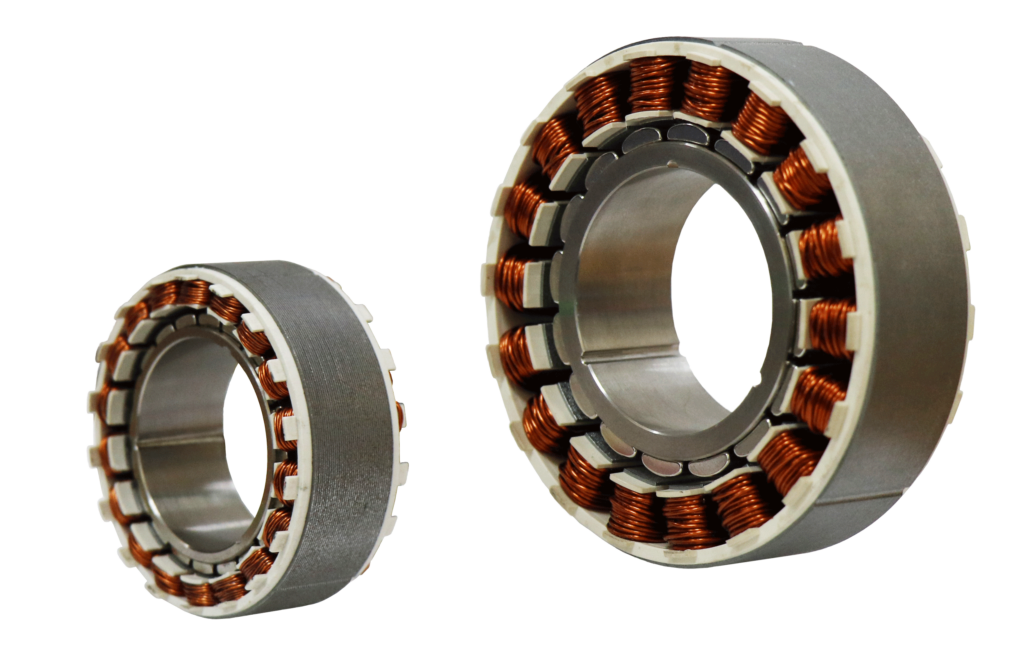
In a lot of cases, torque motors come as frameless motors. That because these direct drives often go into specialty machine builds benefitting from a motor that can be designed right into the machine. After all, direct motor integration eliminates the need to accommodate motor housings, bearings, feedback, gearing, and mechanical couplings.
Frameless torque motors let OEMs tailor motor characteristics to specific designs.
In contrast with traditional drive sizing and specification, the selection of torque motors isn’t based on power but rather torque. Peak torque is the motor’s maximum torque possible for short periods; continuous torque is the torque the motor can supply indefinitely if its mounting is correct for proper cooling. Application duty cycle dictates the levels of peak and continuous torque needed to affect the overall motion design goals.


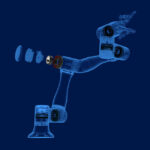
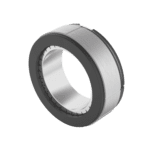
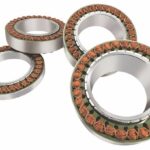
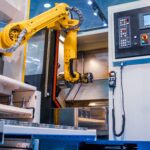

Leave a Reply
You must be logged in to post a comment.